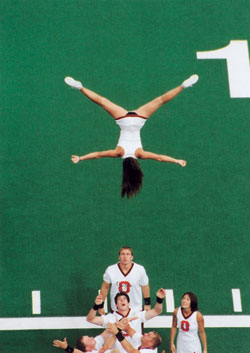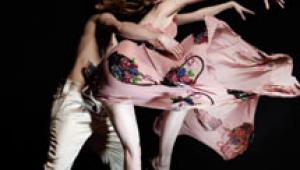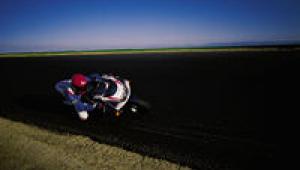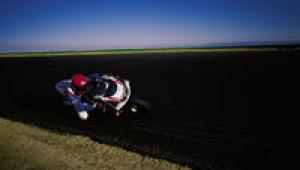How to Shoot Action Page 2
 |
|
|
Panning is another good way to reveal a sense of motion in your photos. When panning, follow the subject with your camera while shooting a picture. When done correctly, the result is a relatively sharp subject against a very blurred background. Be sure to choose a subject that's well-separated from its background. Look for a background with highlights or bright colors that will produce an interesting pattern of color streaks.
 |
|
|
As you shoot, remember that timing and smooth camera movement are very important. Start following your subject before pressing the shutter button and continue to follow it after snapping the picture. Rather than moving only your head and shoulders while shooting, rotate your entire body while you follow the subject through the viewfinder. Just as with the technique of blurring pictures, a slow shutter speed is imperative for panning. Your point-and-shoot camera's landscape mode will usually suffice. Use a slow-speed film like ISO 100 or the equivalent setting for your digital camera. Panning requires lots of practice--even professional photographers don't get a successful shot each time.
 |
|
|
Now that you're armed with
a few pointers on action photography, get out and try a few of these techniques.
Prepare by stocking up on film or large-capacity memory cards. You'll
increase your chances for exciting results!
Readers are encouraged to submit photos to our monthly Point & Shoot HomeWork
Assignment feature. Please see the table of contents for the location of the
entry coupon, which lists topics and more details.
- Log in or register to post comments









































